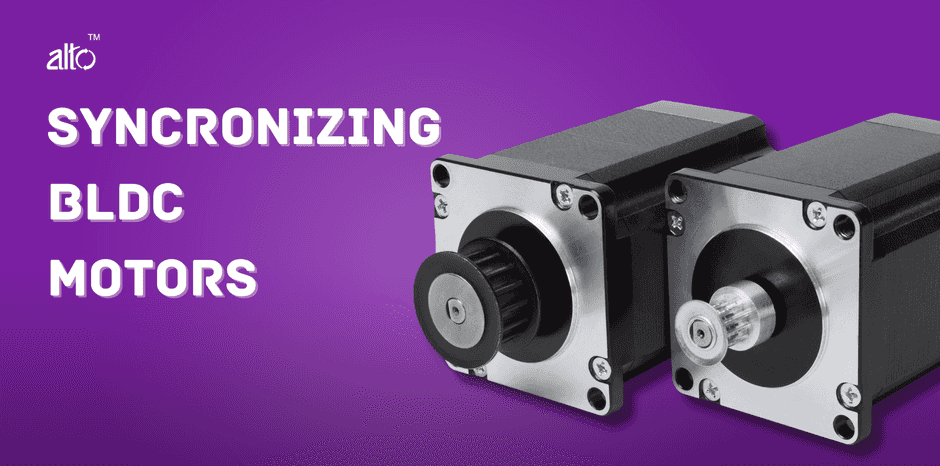Achieving Precise Synchronization
In Multiple Motor Systems
Sept 19, 23
Keshank Parmar
12 Minutes Read

Introduction
The world of motor control presents myriad challenges, one of the most intricate being the synchronization of multiple motors. Ensuring that motors operate in harmony, at consistent speeds, is paramount for a multitude of applications. Drawing inspiration from various expert insights, this article elucidates the nuances of motor synchronization.
The Essence of Motor Synchronization
Motor synchronization is not merely about ensuring that motors run at the same speed. It's about guaranteeing that they start, run, and stop in perfect harmony, irrespective of the load variations and other external factors.
Why is Synchronization So Crucial?
Uniform Output:
In systems where the output of multiple motors contributes to a singular product or function, synchronization ensures consistency and quality.
Operational Efficiency:
Desynchronized motors can lead to inefficiencies, system wear, and even catastrophic failures.
Enhanced Lifespan:
Synchronized operations reduce undue stress on individual motors, thereby prolonging their operational life.
Challenges in Achieving Perfect Synchronization
Load Variations:
Different motors might experience different load conditions, causing disparities in their operational speeds.
Inherent Motor Differences:
Even identical motors can have slight manufacturing differences, leading to variations in performance.
External Factors:
Factors like temperature, wear over time, and power supply inconsistencies can impede synchronization.
Strategies for Effective Synchronization
Feedback Systems:
Implementing sensors that provide real-time feedback on each motor's position and speed facilitates precise control and adjustments.
Advanced Controllers:
Utilizing controllers that can interpret feedback from all motors and make instantaneous adjustments is key.
Periodic Calibration:
Regular system checks and calibrations ensure that synchronization is maintained over extended periods.
Uniform Load Distribution:
Ensuring that loads are uniformly distributed across motors can alleviate synchronization challenges.
Real-world Implications of Motor Synchronization
Manufacturing Lines:
Conveyor belts and assembly lines require synchronized motors for seamless production.
Transport Systems:
Trains and some advanced vehicular systems rely on synchronized motors for smooth and efficient operation.
Medical Equipment:
Precision instruments, like MRI machines, depend on synchronized motors for accurate diagnostics.
Conclusion
The art of motor synchronization, while challenging, is indispensable for modern machinery and systems. As technology continues to advance, the tools and techniques to achieve perfect synchronization will undoubtedly become more refined, ensuring that our machines operate in perfect harmony.
